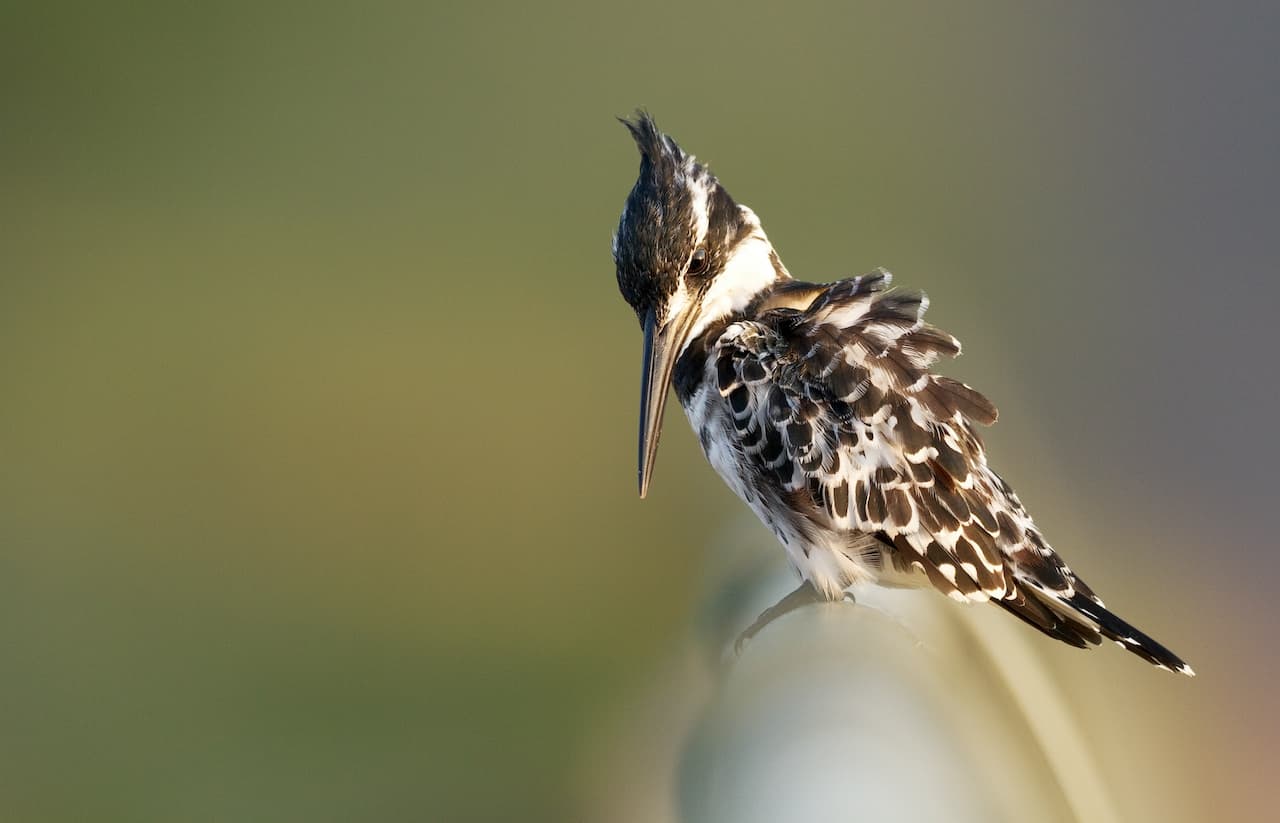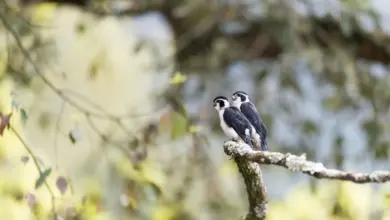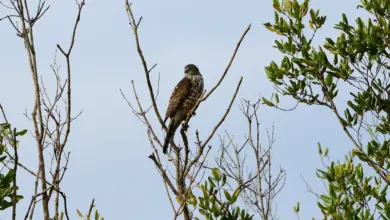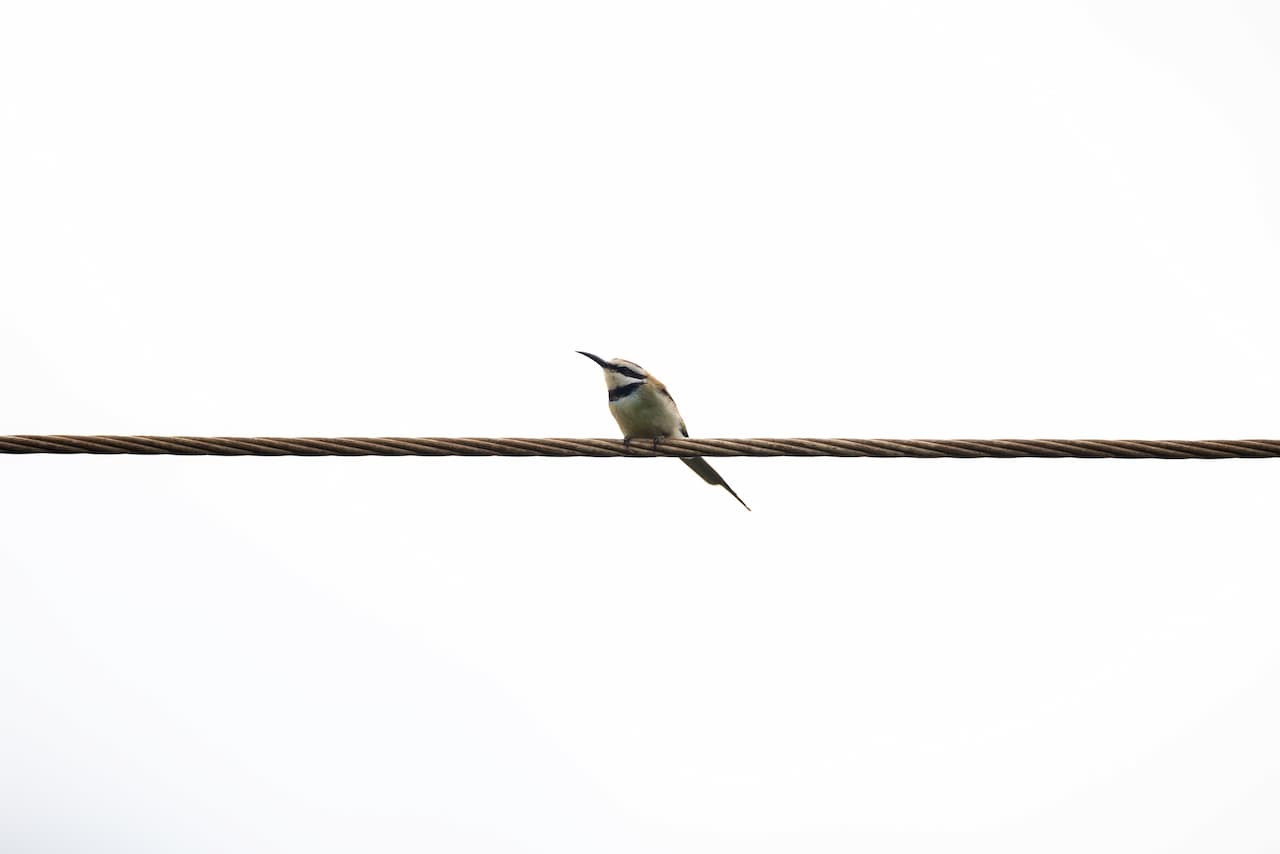Wild Birds
African Kestrels
African Kestrels
There are four kestrels species endemic to mainland Africa, and two are also found elsewhere.
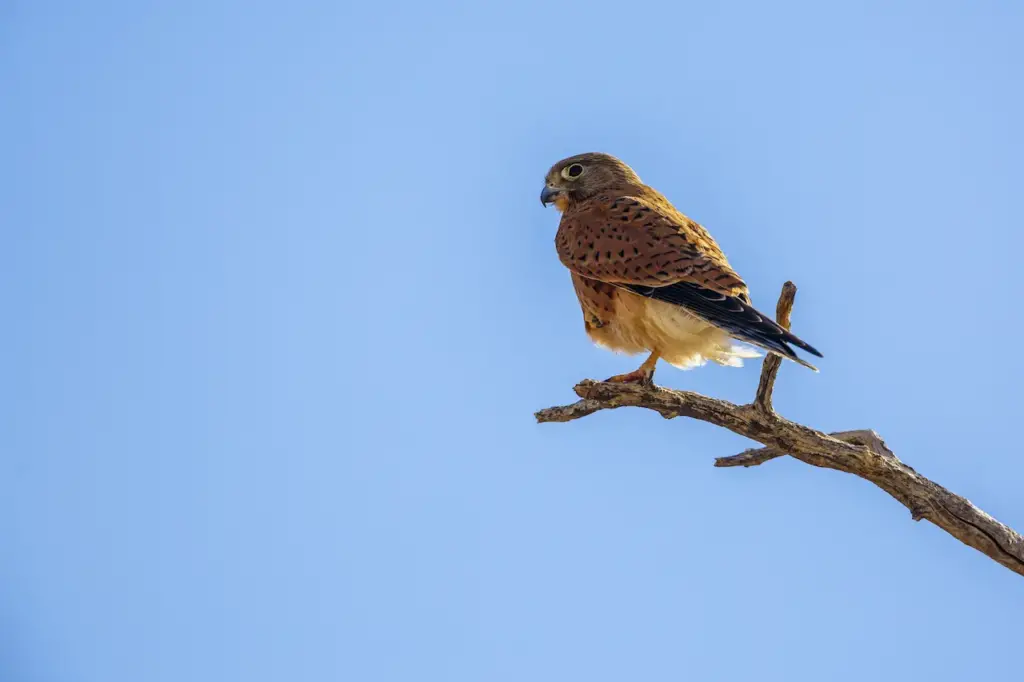
- The Common Kestrel occurs over much of mainland Africa away from desert and forest regions. They occasionally migrate, but only over short distances. The following subspecies have been identified (some disputed):
- Lesser Cape Verde Kestrel (F. t. neglectus) – non-migratory species. Mostly found on the Cape Verde Islands
- Greater Cape Verde Kestrel (F. t. alexandri) – non-migratory species.
- Found on the Cape Verde Islands
- F. t. canariensis and F. t. dacotiae
- Found on Canary Islands
- F. t. canariensis and F. t. dacotiae
- Found on the Cape Verde Islands
- Greater Cape Verde Kestrel (F. t. alexandri) – non-migratory species.
- Lesser Cape Verde Kestrel (F. t. neglectus) – non-migratory species. Mostly found on the Cape Verde Islands
- The endangered Fox Kestrel, Falco alopex, is the largest kestrel species. It occurs on a narrow belt north of the equatorial forest and generally migrates a short distance north-south.
- The Greater Kestrel or White-eyed Kestrel (Falco rupicoloides) occurs in South and East Africa, where it is mostly non-migratory (sedentary). They resemble the Rock Kestrel, except for their larger size; and the Fox Kestrel, but can be identified by their less reddish hue, a more spotted pattern, and tail coloration, which is nearly pure fox red in the Fox Kestrel and dark grey with black bands in the Greater Kestrel.
- Most of the African Kestrels species are brownish in color; however, two kestrel forms have mostly grey plumage. Both forms are non-migratory (sedentary).
- Gray Kestrel (Falco ardosiaceus) – Found in Central and Southern Africa
- Dickinson’s Kestrel (Falco dickinsoni) is found in Eastern and Southern Africa. Have a paler plumage.
- The Lesser Kestrel (Falco naumanni) breeds in Southern Europe and moves down to East Africa for the winter.

